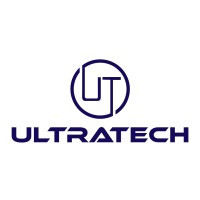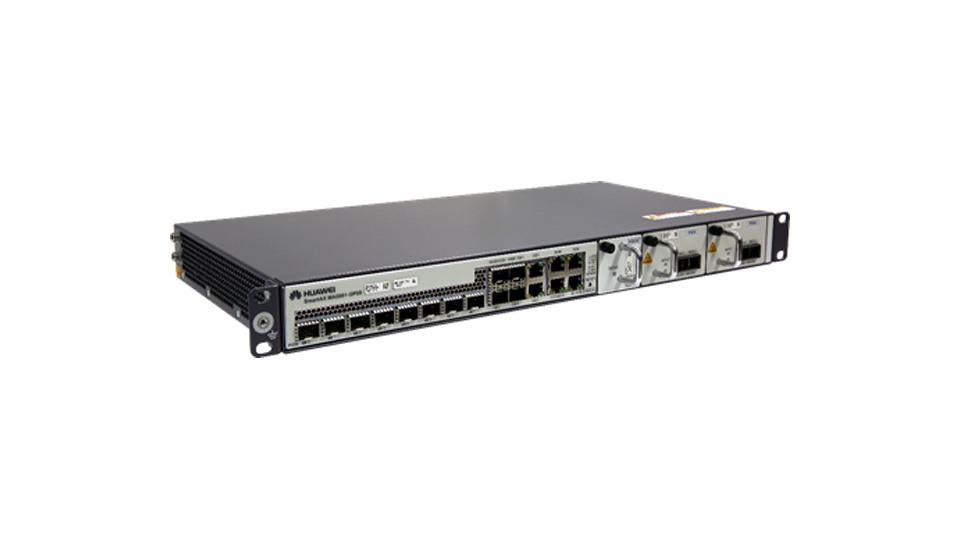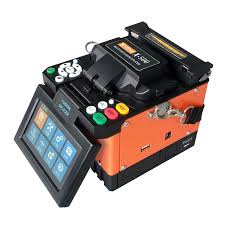What are the advantages and disadvantages of fiber-optic cable?

Strong 8k brings an ultra-HD IPTV experience to your living room and your pocket.
Today, fiber optic cables have completely revolutionized this world of communication and networking. Fiber optic cables are noted for their brilliant achievement in transmitting the data at very high speeds over a long distance with minimal loss. They have advantages and disadvantages, just like any other technology. The benefits and drawbacks of fiber optic cable, as well as its varieties, networking applications, and price in Pakistan, will all be covered in this article.
Advantages of Fiber Optic Cable
High Speed and Bandwidth
These cables offer unparalleled data transmission speeds compared to traditional copper cables. This makes them ideal for high-speed internet, video streaming, and large-scale data transfers.
Long Distance Transmission
In compared to copper lines, fiber can send data much farther without suffering from noticeable signal deterioration. Backbone networks and inter-city links benefit greatly from this.
Resistance to Interference
Fiber is immune to electromagnetic interference (EMI), ensuring a stable and clear signal even in environments with heavy electrical noise.
Enhanced Security
Since fiber cables do not emit electromagnetic signals, they are difficult to tap, making them a more secure choice for sensitive data transmission.
Durability and Reliability
Compared to copper cables, these cables are more resilient and less prone to wear and tear because they are composed of glass or plastic. Environmental elements including moisture, rust, and temperature fluctuations don't affect them.
Lightweight and Thin Design
Fiber cables are much lighter and thinner than copper cables, making them easier to install and manage in complex networks.
Disadvantages of Fiber Optic Cable
Higher Initial Cost
The cost of Fiber optic cable and installation is more than that of copper cables. This might be a limiting factor for small businesses and individuals seeking cost-effective solutions.
Fragility
Fiber cables are made of glass, which makes them more fragile compared to metal cables. They are durable in many aspects, but special care is needed during installation and handling.
It takes special tools and expertise to install and maintain fiber cables, raising the overall costs and complexity of installation.
Not Possible to Transfer Power
Fiber cables are solely for data transmission, but copper cables can carry electrical power as well.
Compatibility Problems
Changing from copper to fiber systems requires massive upgrade in existing infrastructures, which is costly and time-consuming.
What Are the Types of Fiber Optic Cables?
There are different types of fiber cables, each suitable for specific applications. The two major types are:
Single-Mode Fiber (SMF)
Purpose: It is used for long-distance data transmission.
Core Diameter: It has a smaller core, about 8-10 microns.
Applications: It is used in telecommunications, intercontinental connections, and long-haul networks.
Multi-Mode Fiber (MMF)
Purpose: It is used for short-distance communication.
Core Diameter: It has a larger core, about 50-62.5 microns.
Applications: It is widely used in local area networks (LANs), data centers, and campus networks.
Fiber cables are also classified based on their construction:
Simplex and Duplex Cables: These are used for one-way or two-way communication.
Armored Cables: These are used for harsh environments.
Aerial and Underground Cables: These are used specifically for outdoor installations.
Fiber Optic Cables in Networking
Fiber optic cables have become the backbone of modern networking because they can handle large volumes of data efficiently. Here are some key uses in networking:
High-Speed Internet
Fiber is used by internet service providers to give ultra-fast access to homes and businesses.
Data Centers
In a data center, fiber allows for very fast server-to-server, switch-to-switch, and storage device connections.
Telecom Networks
Fiber is the backbone to telecommunication networks. Therefore, voice, video, and data communication are conveyed over long distances through the use of the telecommunication networks.
Enterprise Networks
Businesses also use fiber as their internal networks to enable fast and secure communication between departments and branches of business.
Medical and Military Applications
In addition to these, fiber is used in special fields like medical imaging and military communication systems.
Fiber Optic Cable Price in Pakistan
Fiber optic cable in Pakistan based to its brand, length, and kind. When purchasing these cables locally, specific requirements like distance, data volume, and environmental conditions should be taken into account. Good suppliers do provide a variety of solutions that are ideal for both needs and budgets.
Conclusion
Fiber optic technology has changed the way of communication and data transmission. Though its initial setup is costlier with specific conditions, it is a preferred option for most industries due to its speed, reliability, and security. Whether for telecommunication, business networking, or home use, knowing what is available on fiber optic cables will help make better decisions.
FAQs
1. Why is fiber optic cable preferred over copper cable?
Fiber is faster, with higher bandwidth, and less prone to electromagnetic interference, making it perfect for high-speed networks.
2. What should I consider while buying fiber optic cables?
One should consider the type of cable, distance to be covered, environmental conditions, and compatibility with existing systems.
3. Can fiber optic cables be used at home?
Yes, fiber cables are an excellent choice for high-speed internet at home, especially for streaming, gaming, and handling multiple devices simultaneously.
Note: IndiBlogHub features both user-submitted and editorial content. We do not verify third-party contributions. Read our Disclaimer and Privacy Policyfor details.




